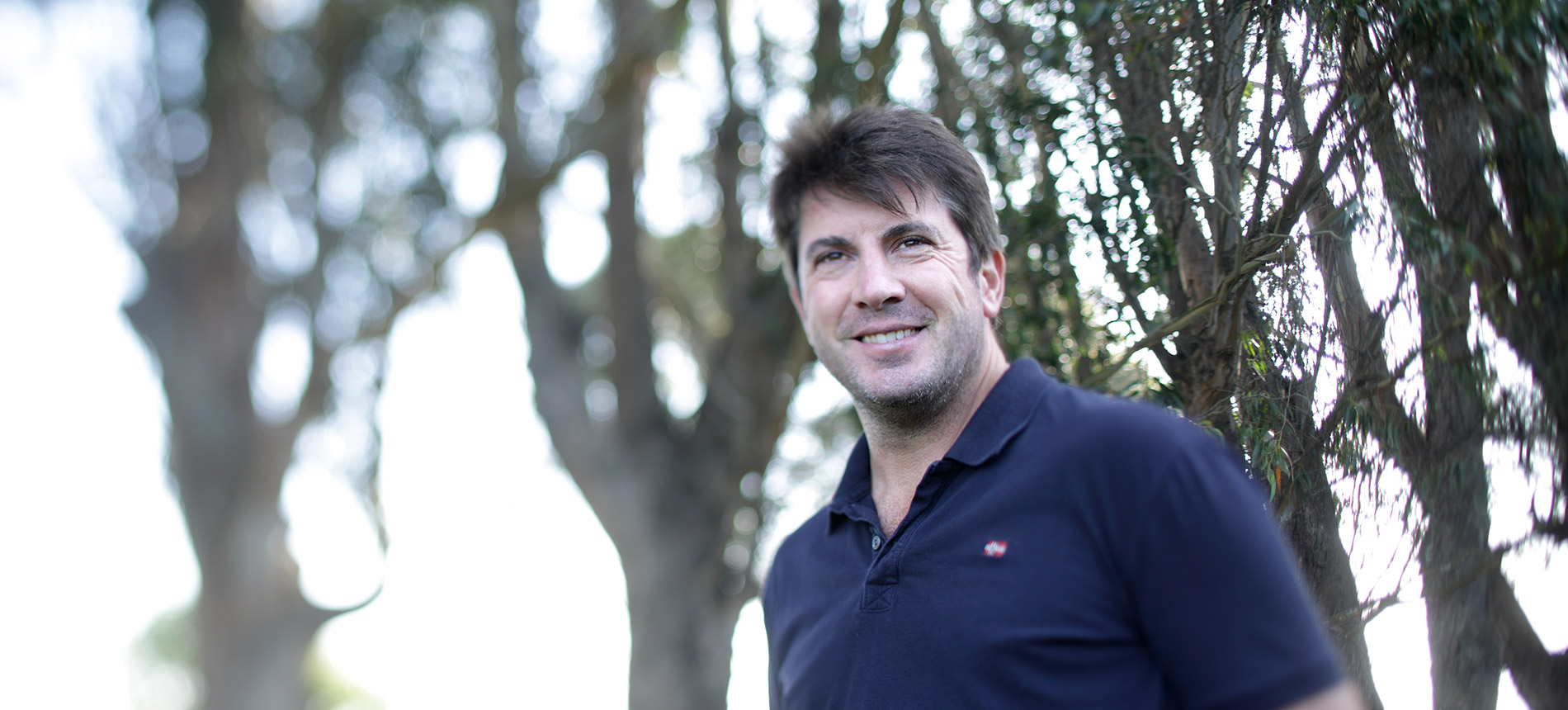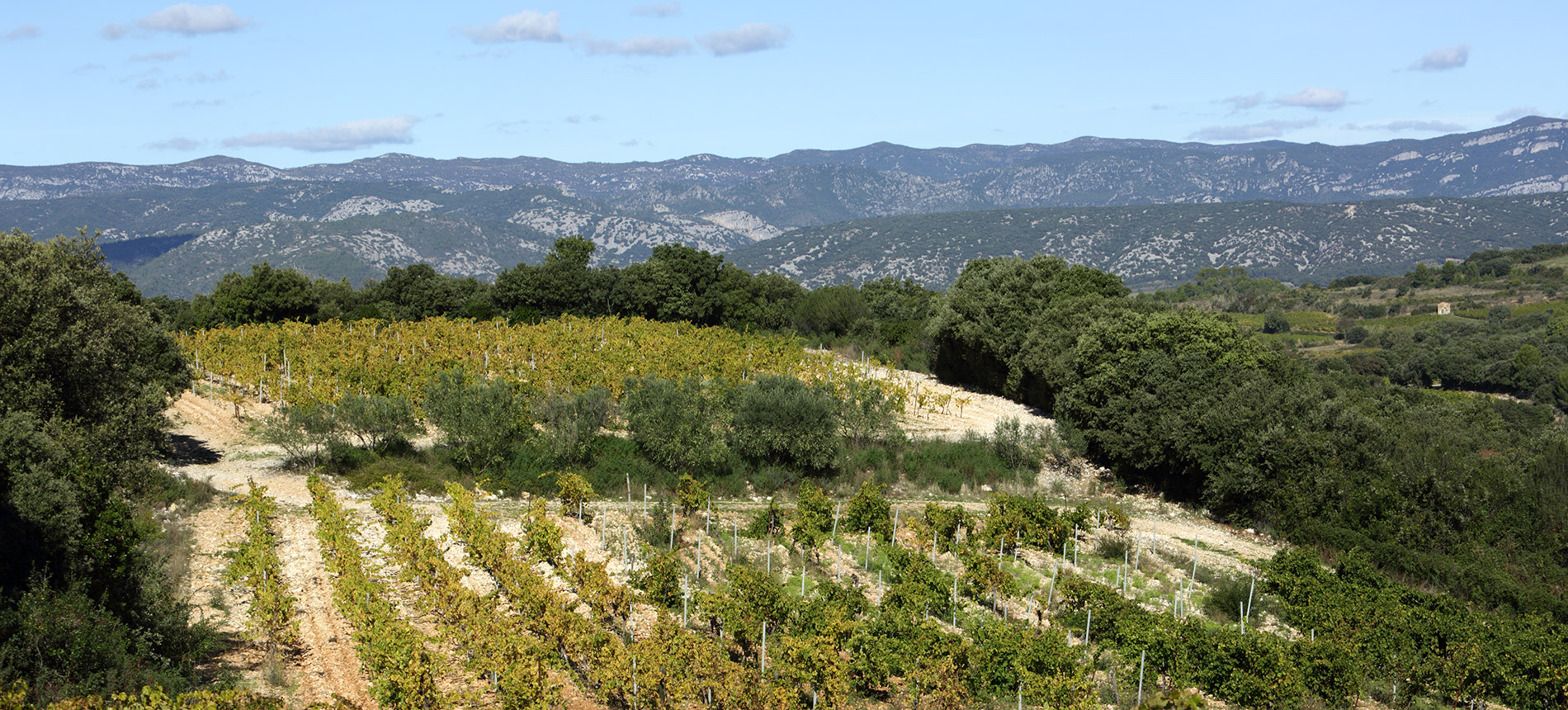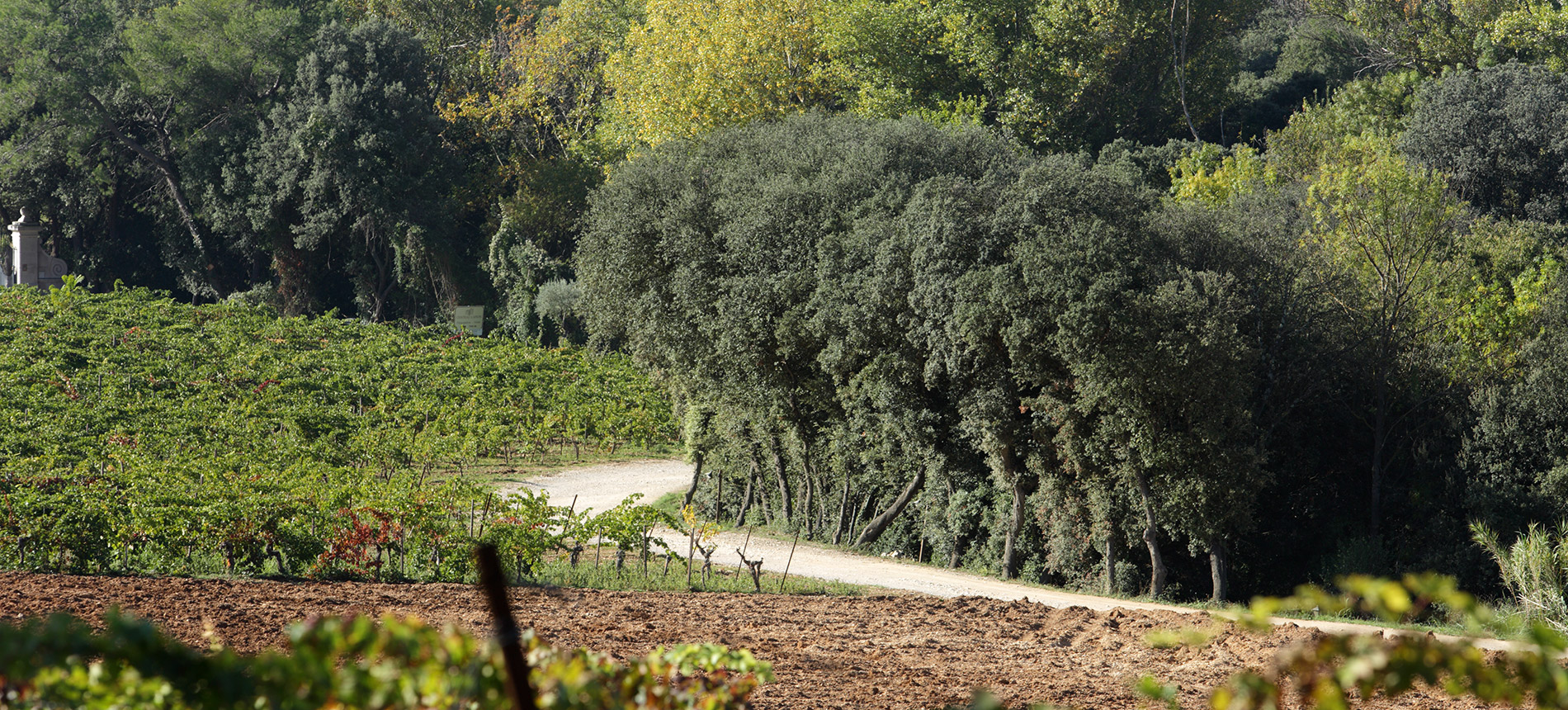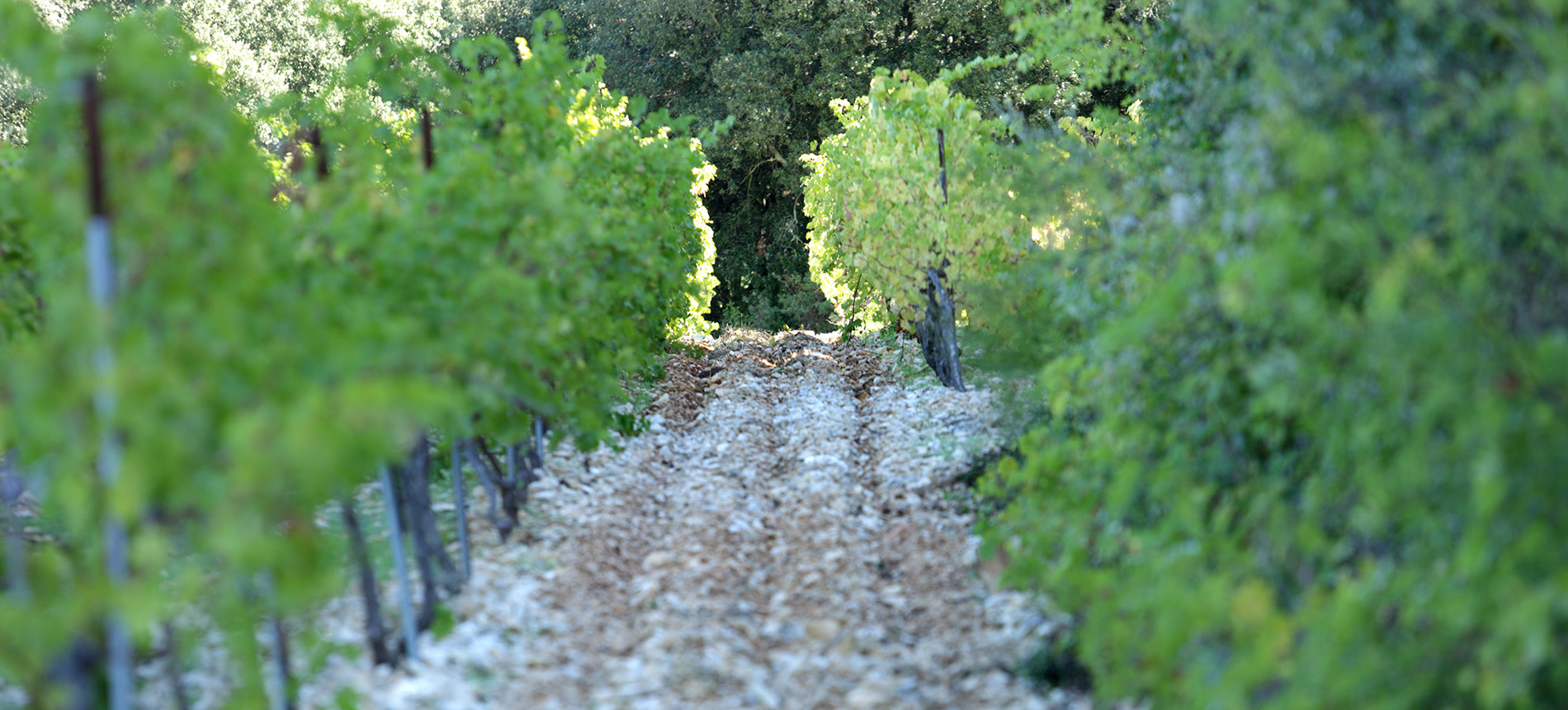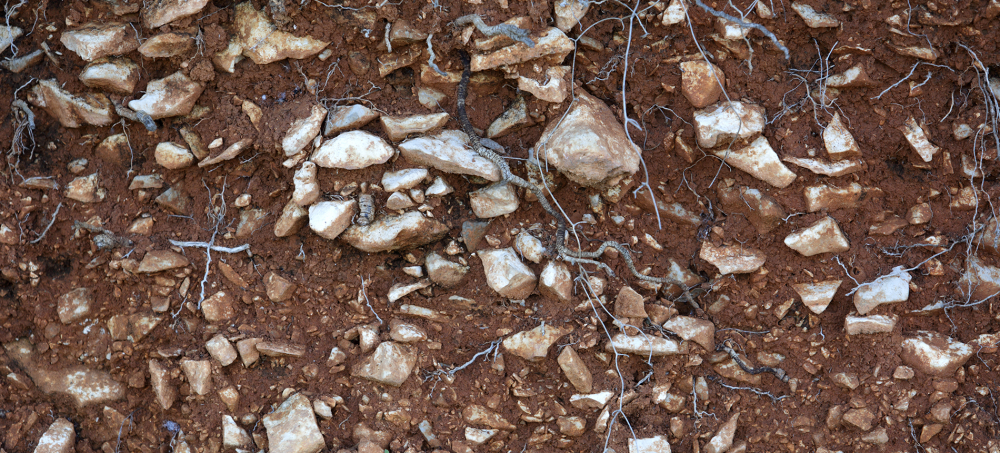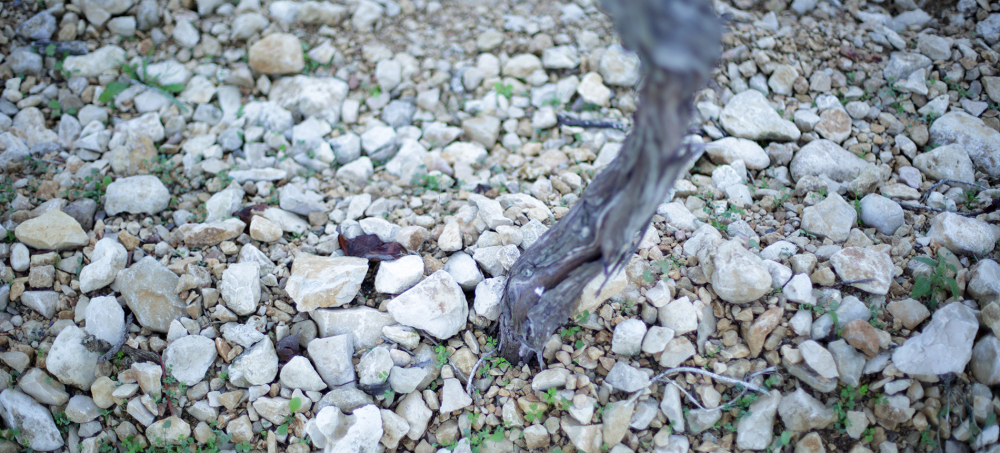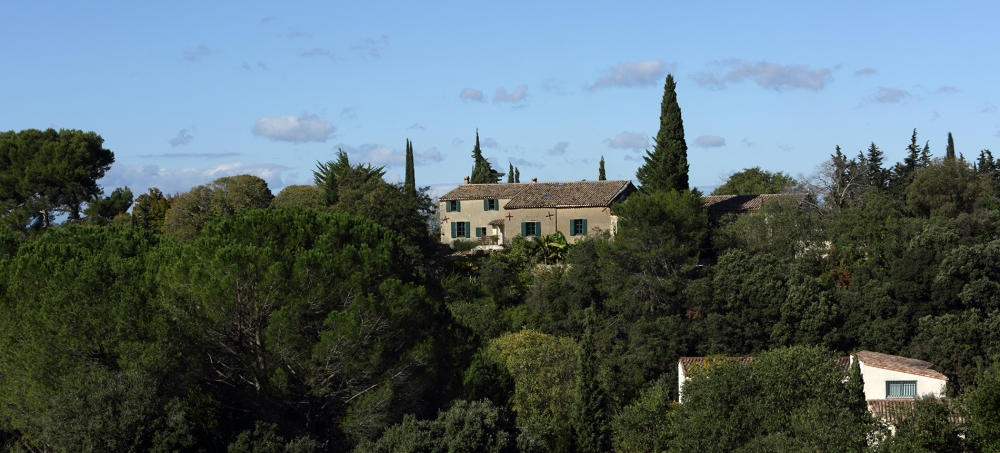For many, this estate needs no introduction. Often referred to as the Grand Cru of the Midi (South of France), the Mas de Daumas Gassac top-tier wines have reached international cult status. Located in the majestic Gassac Valley, the estate benefits from the cool microclimate derived from the Gassac River, several natural springs (from which the Guibert family drinks), and the influence of the nearby mountains. The soil that dominates the valley is a rare and still unexplained red, powder-fine glacial soil, which is strikingly similar to that found in the prime areas of Burgundy. This combination of characteristics is quite unique in Southern France.
Aimé Guibert,along with his wife Véronique, purchased the property in 1974, and began planting grapes. After years of traveling around the world for his family's leather business, Aimé developed a love for the history and cultures of the world. This anthropological spirit led him to seek out rare grape varieties from around the globe. He even went so far as to find the grape of the wine served at the last supper! As a result, there are 40 different grape varieties planted on the property, from rare and uncloned vines from far flung places, including Israel, Portugal, Switzerland, Armenia, Madeira, etc. While many would see this as an extreme and crazy endeavor, this diversity led to unorthodox blends and truly singular wines.
The property was farmed in a traditional and natural way long before the Guibert family established the Grand Crus vineyards of Gassac. As you climb the slope from the vineyards near the domaine, each zig and zag reveals a single hectare parcel in wooded enclosures...a patchwork of natural "clos" all planted to different grape varieties. Originally these one-hectare parcels were home to cereals, grains and fruit trees farmed by the previous owner. This was the size that a horse and plough could work in a day. It was not only less daunting than endless rows of crops, but also more biodiverse and ecological. The Guiberts embraced this philosophy and chose to plant their vineyards in the same manner. Additionally, they were the very first estate in the Languedoc to adopt full organic farming and can honestly say that the Gassac estate has never seen any chemicals. Their commitment to preserving and protecting the land is unparalleled. After all, it’s where they eat, drink and live!
The first official vintage of the Grand Vin was 1978, with the help of the great Bordeaux enologist, Emile Peynaud. The red has a high percentage of Cabernet Sauvignon (around 80%) with the remainder a mix of many different varietals that are planted on the property including Merlot, Cab Franc and Tannat, as well as some other less expected varietals like Pinot Noir, Nebbiolo and Barbera. The white is made from an intriguing blend including Chardonnay, Petit Manseng, Viognier and Chenin Blanc as well as bits of Rousanne and Marsanne. Slow, cool, wild yeast fermentations are foundational in achieving pure, long-lived wines. No sulfur is used in red wine vinification, and for white, they add the bare minimum "just to be safe". The wines are aged for 12-15 months in oak before bottling. Both the red and white blends have an extraordinary ability to age and remain vibrant and youthful for twenty, even thirty years.
Several years back, the Guibert family began working with a neighboring cooperative in Sète to produce fun, full-flavored wines from the surrounding countryside and rocky hillsides. Organic farming is de rigueur and the vinification is closely overseen by the Guibert family. The results are splendidly aromatic wines that bring out the terroir of this Mediterranean region. The Moulin de Gassac wines are named after the patron saint of Saint-Guilhem-le-Désert, one of the most stunningly beautiful villages in Europe drawing people from all over the world. There is a delicious aromatic white, a luscious dry rosé, and a lovely fleshy, spicy, garrigue-influenced red.
